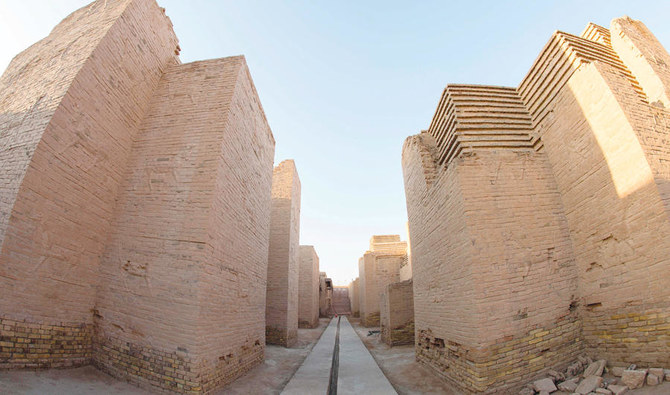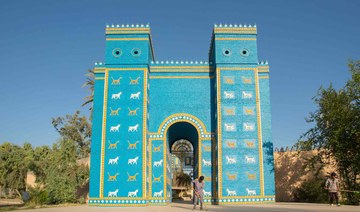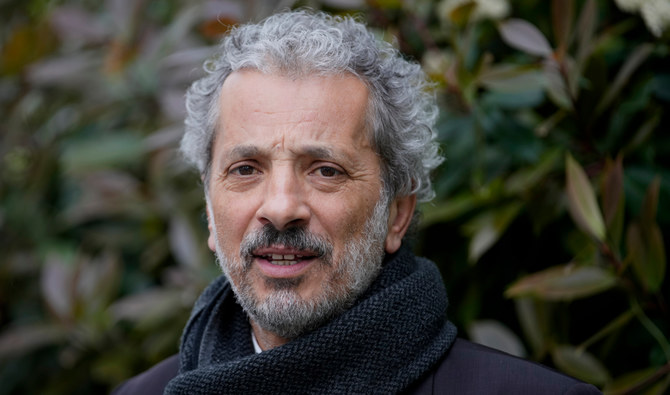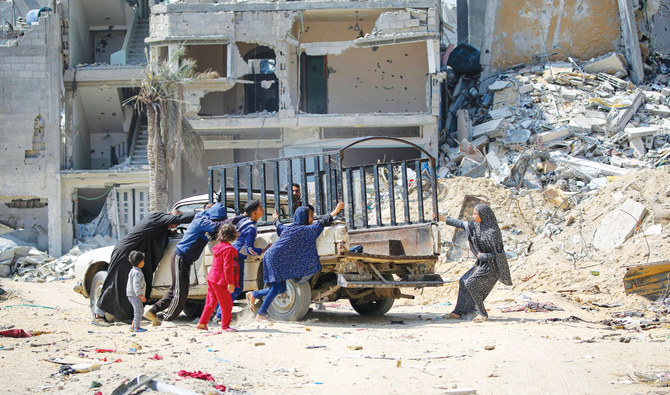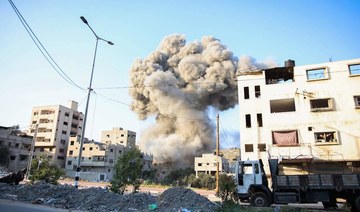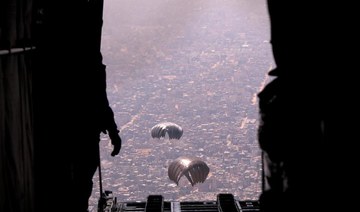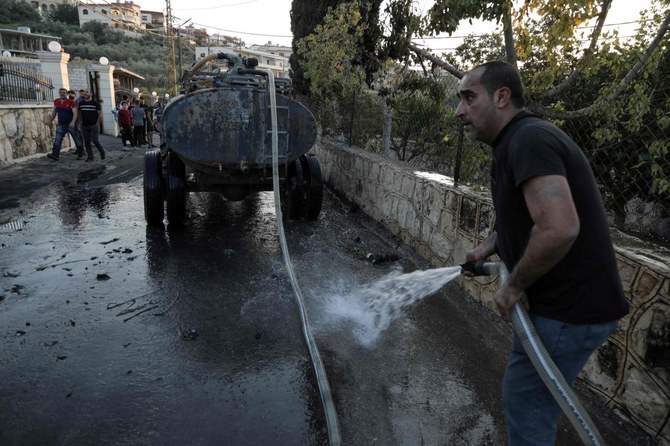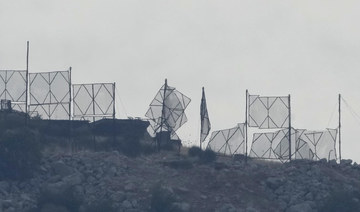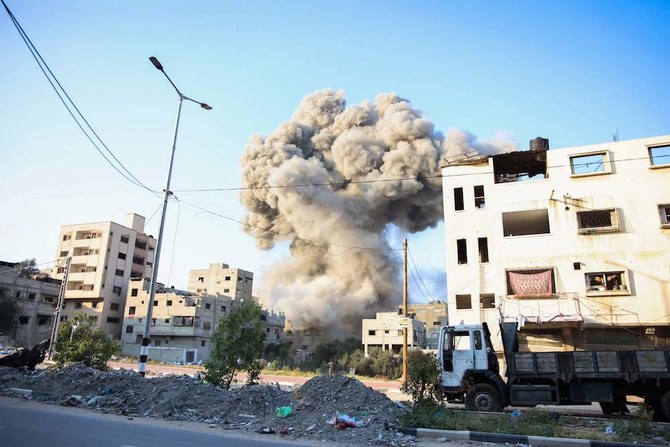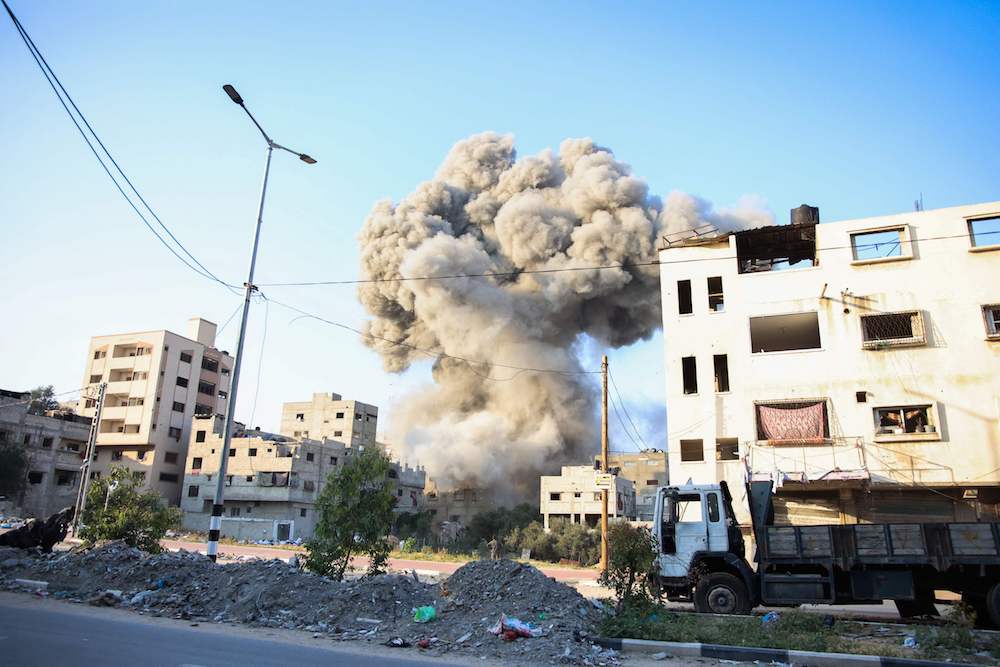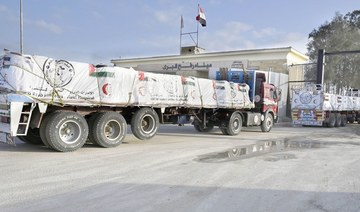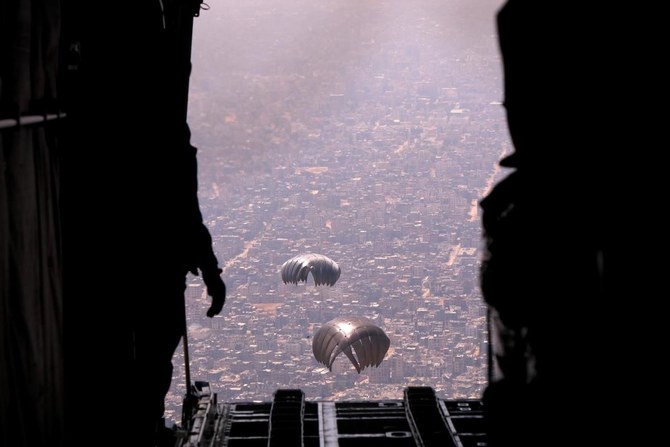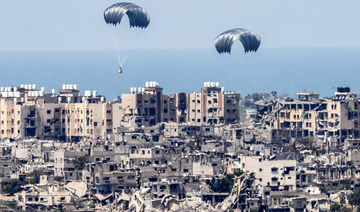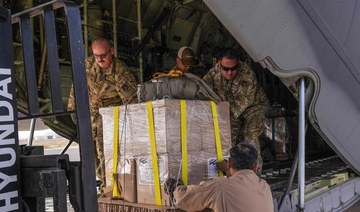HILLA, IRAQ: Babylon was once hanging gardens and opulent temples before parts were excavated and smuggled to Europe. A bastion for Saddam Hussein, then the forces overthrowing him. A center of enlightenment, repeatedly destroyed.
Like Iraq, the 4,000-year-old Mesopotamian city has borne witness to the heights of grandeur and lows of destruction, a long legacy now recognized on the UN list of World Heritage sites.
The World Heritage Committee met on Friday in Azerbaijan’s capital of Baku and voted to include Babylon on the prestigious list, a rank Iraqi authorities had been lobbying since 1983 to reach.
Hundreds of kilometers away, under the setting summer sun, 38-year-old Farzad Salehi walked in awe with a friend and their guide along the processional walkway into the city.
“It’s amazing!” exclaimed the Iranian businessman between selfies and comparisons with his country’s treasure of Persepolis.
“It’s a pity that right now I cannot see any tourists here, and it means the government of Iraq should do more to attract tourists across the globe to come,” he added.
Much of Iraq’s history unfolded under the same beating heat.
Babylon developed from a tiny Akkadian town along the Euphrates River in 2300 BC to the capital of the great Babylonian empire, straddling both sides of the mighty river’s banks.
“It was the first city in the world where the religious temples and government palaces were kept separate,” says Qahtan Al-Abeed, who heads the Basra Antiquities Department and led efforts to get the site listed by UNESCO.
It became famed for its hanging gardens and the biblical Tower of Babel, the Akkadian religious structure known to archaeologists as the “ziggurat of Babylon.”
Perhaps most well known is the Ishtar Gate, which marked one of Babylon’s eight entrances with bright blue bricks and reliefs of mythological animals.
Many of these wonders were built under Nebuchadnezzar II, even as he destroyed the Temple of Jerusalem.
Excavations began in the 19th century, and by the 20th, thousands of pieces had been carried in the suitcases of colonial archaeologists to Europe.
Original reliefs from the 28-meter-wide, 2,600-year-old Ishtar Gate can be found at the Pergamon Museum in Berlin, and Iraq has thus far been unable to repatriate them.
Years later, Saddam left his own mark at Babylon, building an immense palace overlooking the site adorned with replicas of his own face.
He was toppled by the 2003 US-led invasion — but Babylon paid a heavy price, too.
BACKGROUND
Babylon developed from a tiny Akkadian town along the Euphrates River in 2300 BC to the capital of the great Babylonian empire, straddling both sides of the mighty river’s banks.
US and Polish soldiers set up a base there and were accused of crushing Babylon’s ancient walkways with military vehicles and breaking mud bricks to fill sandbags.
“They left tons of military debris and even repainted the replica of Ishtar’s Gate in black,” says Abeed. The site had already suffered damage and looting during previous decades of virtually nonstop conflict. And its characteristic mud bricks were known to crumble in Iraq’s searing heat, even as it was being built.
But most of the sprawling city has withstood time and tragedy, nestled between palm trees and hugging the river bank.
It features in every textbook and is a favorite memory of generations of Iraqis who took school trips there. Replicas of the Ishtar Gate adorn restaurants nationwide and a huge copy even welcomes contemporary visitors at the Baghdad airport. “It’s impossible to skip over Babylon in Iraq’s multimillennial national narrative,” says Geraldine Chatelard, a researcher at the French Institute of the Near East who consults Iraq’s government on heritage. UNESCO’s decision, she said, “is a prestigious recognition and good news for authorities who hope it will reinforce national pride.” Iraq already had five sites recognized by UNESCO, including three that are also on the agency’s endangered list.
Among them is Hatra, a city in Iraq’s northern Nineweh province dating back to the 2nd century BC that was damaged by Daesh in 2014.
Daesh considered pre-Islamic culture as heretical, and its members destroyed and looted historical sites across Iraq and neighboring Syria.
After declaring victory against the militants in late 2017, Iraq is hoping to make a cultural comeback by drawing tourists to its 7,000 heritage sites.
That will require massive government effort and funds. Authorities have already allocated $50 million to Babylon, said Abeed, hoping the UNESCO listing will open the door to even more support. That could build on the work of Iraqi cultural authorities and the World Monument Fund, which 10 years ago began rehabilitating Babylon and training staff on preserving artefacts and hosting tourists. Among the young staff now working at the site is engineer Ghadir Ghaleb. “Babylon makes me proud. Here, we find our roots and the roots of civilization,” the 24-year-old told AFP. “Our ancestors built all this. But it’s up to us to protect it.”



